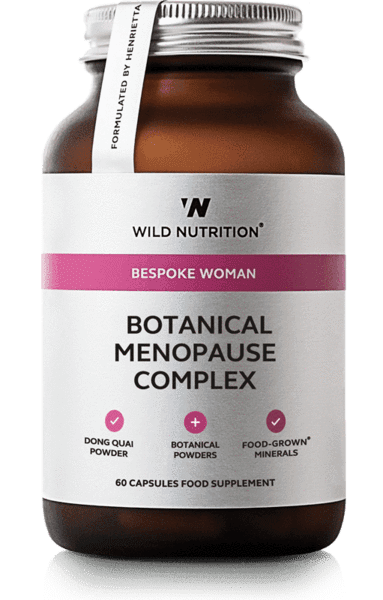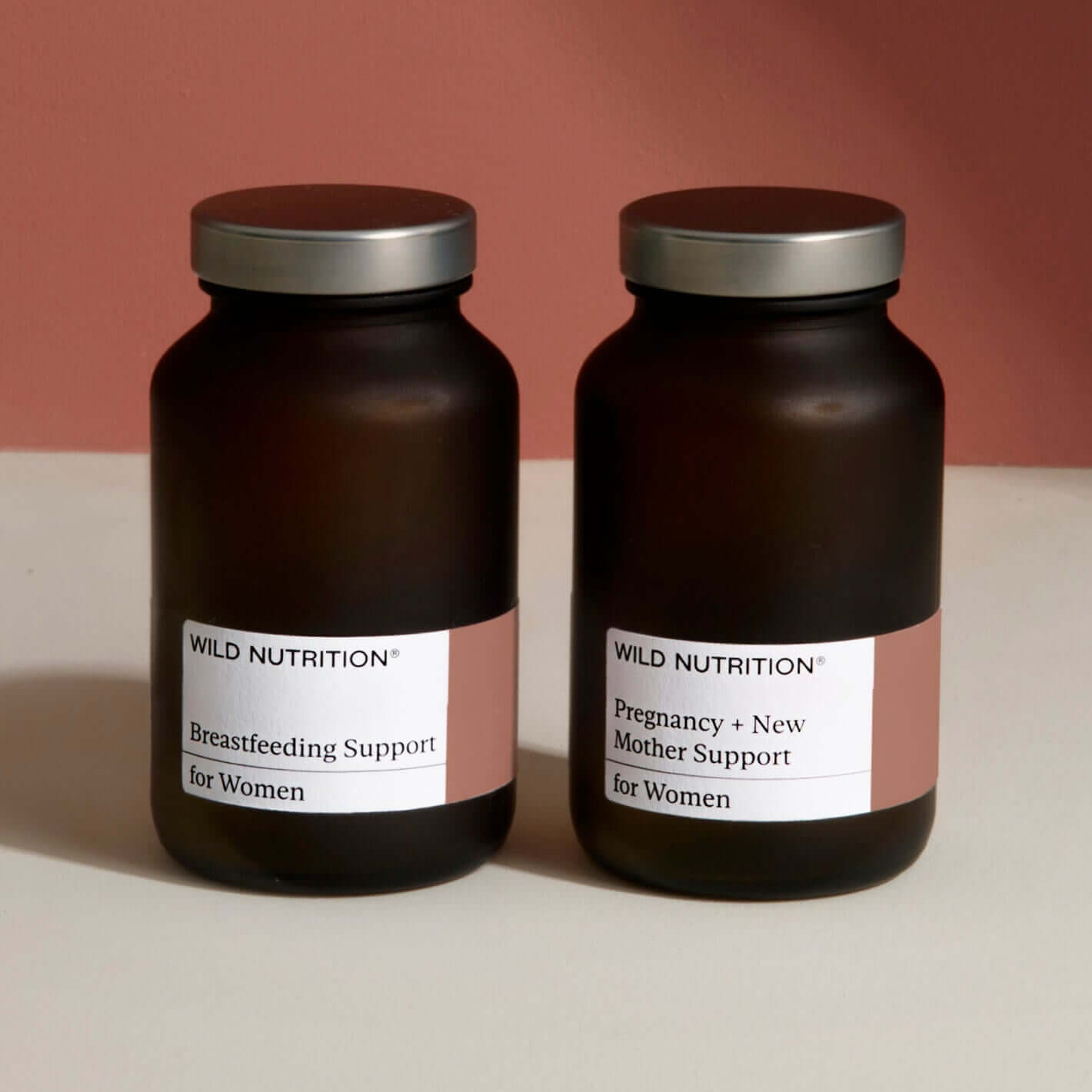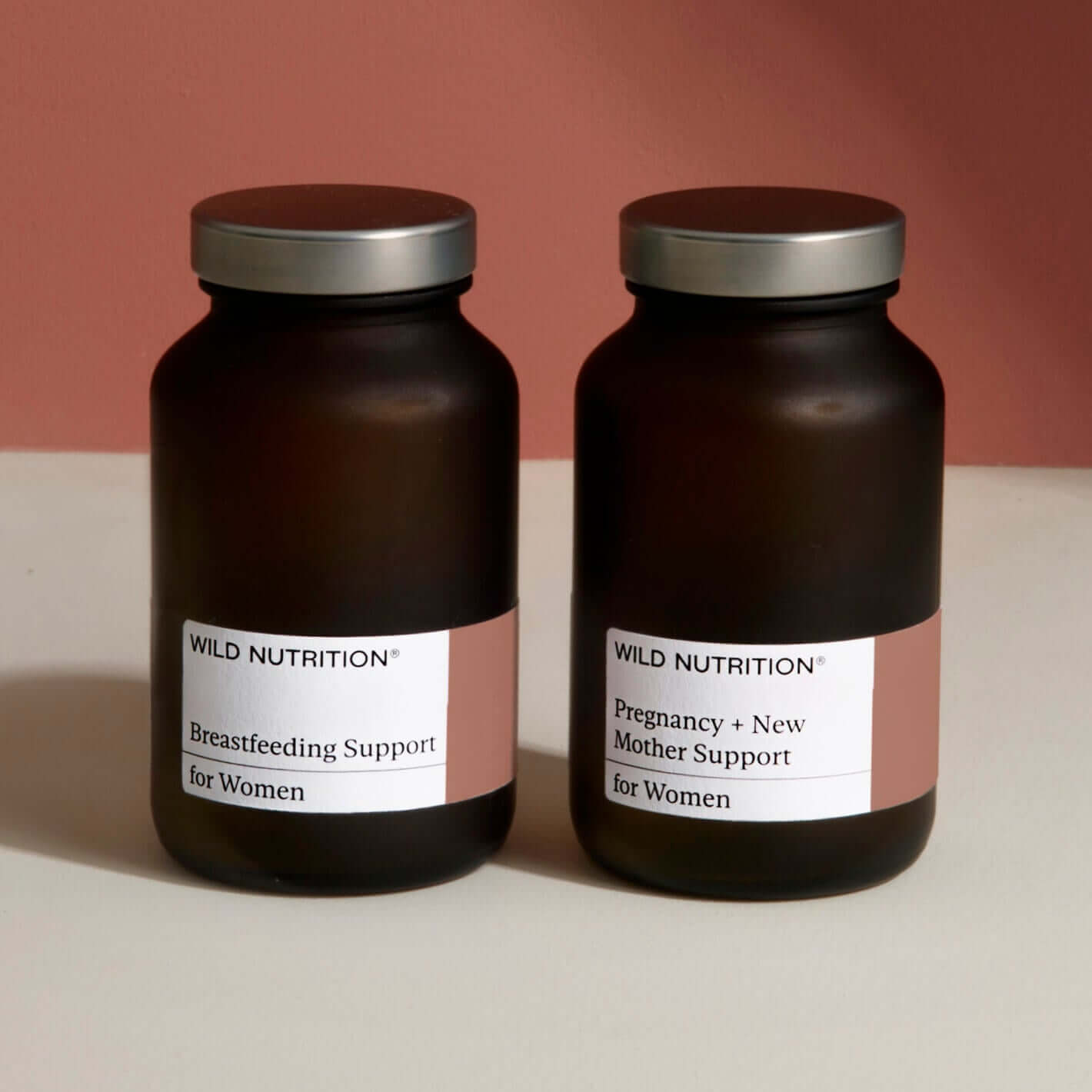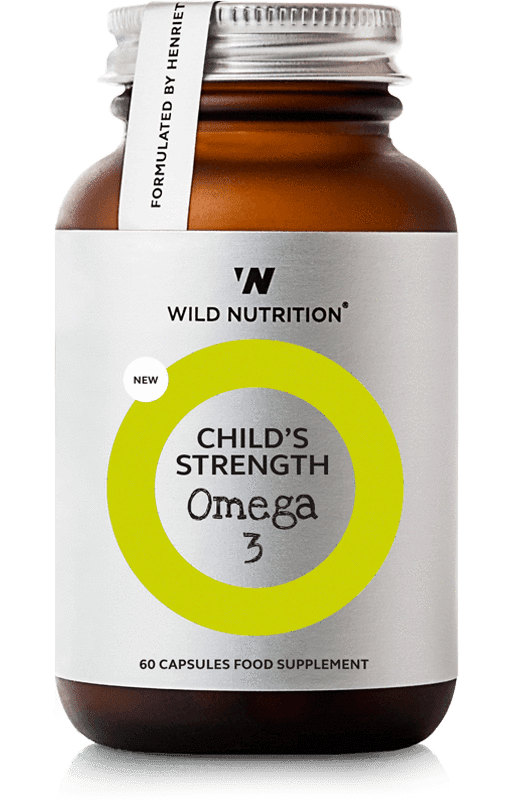
4 Ways to improve your vitamin D intake
During seasonal changes, supporting the immune system becomes especially important for us all and, as a mum to three growing boys, I know very well the trials and tribulations of seasonal illnesses. It is around this time that the elderberries are cooked up and our immune supporting supplements, such as vitamin D play a central role in our morning routine.
There are many nutrients that work in synergy to build up winter wellness and the importance of vitamin D supplementation in pregnancy and in children under five is now well accepted in the medical field and indeed recommended by the Department of Health. More recently, the Scientific Advisory Committee on Nutrition (SACN) recommended that the UK population aged four years and over have an intake of 10μg per day. This is the amount needed for 97.5% of the population to maintain a concentration of 25 nmol/L of vitamin D (25 (OH) D) in the blood when UVB sunshine exposure is minimal.
The truth is we simply can’t produce enough vitamin D from sunshine alone and especially for those of us in Northern Europe. The half-life of this vitamin is 3-6 weeks, so even gathered stores over the summer rapidly decline by the time we get to the deeper winter months.
But this sunlight vitamin is not just for immune health. The more research is conducted on the role of vitamin D, the more it demonstrates its influential role in almost all systems in the body. Virtually every cell in the body has a vitamin D receptor, which, when bound to this vitamin, can influence the expression of more than 200 genes. A growing body of research is linking vitamin D in children to developmental conditions such as autism, as well as adult-onset inflammatory conditions such as diabetes and Alzheimer’s. It has an intricate relationship with the beneficial bacteria in the digestive tract too and an insufficiency in vitamin D decreases the production of defensins, antimicrobial molecules essential to maintain healthy gut flora.
These are 4 ways to nurture you and your child’s vitamin D stores this season:
1. Supplement wisely
Don’t be tempted to think more means better. As with many nutrients, vitamin D follows a U-shaped curve, meaning that high levels can be just as problematic for health as low levels. Look for supplements with the recommended daily allowance (nutritional reference value or NRV) and those that are as close to nature as possible to enhance absorption. Food sources and Food-Grown® supplements providing vitamin D produce the more active form of vitamin D (1.25-dihydroxy vitamin D) rather than the storage form often used in supplements, thereby enhancing absorption and the body’s ability to use it effectively. Discover my Food-Grown vitamin D formula for adults and Food-Grown vitamin D for Children in a body-ready, easy to swallow form.
2. Give your child the run-around
Daily exercise outdoors not only exposes your child to greater amounts of vitamin D but it also improves the lymphatic system whose job it is to locate and immobilise infection efficiently. Only 30% of boys and 12% of girls are reaching the government recommendation of 60 minutes of physical activity a day. The work of Dr Jayne Donegan states the significant impact daily fresh air and plenty of vitamin D can have on immune function.
3. Choose nutrient-rich mushrooms
Some mushrooms have the ability to produce vitamin D when exposed to sunlight. The normal button mushrooms you find in the supermarket will contain very little of this. Opt for a selection of portobello, maitake, morel, chanterelle and oyster mushrooms for a higher content.
4. Build seafood into your week
Seafood is one of the best sources. If you eat fish, aim to have two or three portions per week. Choose trout, halibut, sardines, herring, salmon and mackerel.
For more ways to optimise your health as we move into the cooler months, see 'How much vitamin D is enough?' and '6 Ways to embrace Hygge'







